World’s smallest piezoelectric generator is only one atom wide
On October 15th, 2014 team, which involved researches and engineers, both from Columbia Engineering and the Georgia Institute of Technology, revealed, that they have made the first thinnest electric generator. This was published online, in Nature, by lead author Wenzhou Wu of the Georgia Institute of Technology. This generator is, remarkably, only one atom thick.
This team revealed, that they are able to generate electricity from a layer of material made from molybdenum disuplhide (MoS2). This was the first experimental evidence, that the material is piezoelectric, or in human words – material capable of producing electricity through pressure. Piezoelectricity is well know effect. This effect is based on stretching or compressing a material, which then causes, that the material generates an electrical voltage. The material MoS2 is well known for its flexibility and lightness. This two properties are starting point of an endless number of opportunities involving it to be explored within the realm of electricity generation.
James Hone, professor of mechanical engineering at Columbia and co-leader of this research said:
“This material – just a single layer of atoms – could be made as wearable device, maybe integrated into clothing to convert energy from your body movement to electricity and power wearable sensors or medical devices, or perhaps supply enough energy to charge your cell phone in your pocket.”
Another professor in Georgia Tech’s School of Material Science and Engineering, Zhong Lin Wang, was also co-leader of the project and also a partner in creating the world’s first piezoelectric nanogenerator. He was directly working with professor James Hone, and he said:
“Proof of the piezoelectric effect adds new functionalities to these two-dimensional materials. The materials community is excited about molybdenum disulfide and demonstrating the piezoelectric effect in it adds a new facet to the material.”
However, the piezoelectric effect could only be achieved under certain conditions. These conditions are, such as the need for odd number of layers of the MoS2 in order to generate electricity (even number of layers will not generate it).
This device was created by placing thin layers of MoS2 on plastic substrates, which can easily bend. They also use optical techniques to define, how the material’s crystal lattices were directed. The experiment also proved, that with the increasing number of layers, the amount of electricity generated decreases. They also proved, that if the one-atom-thick layers of MoS2 were arranged into arrays, they were capable of producing a large amount of electricity.
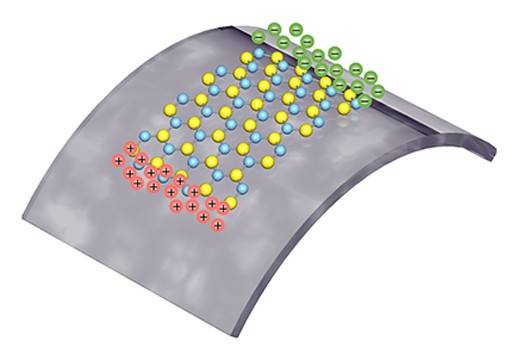
Positive and negative polarized charges are squeezed from a single layer of atoms, as it is being stretched
The study, published in Nature, reported, that single layer of MoS2 strained by 0.53 percent generates a peak output of 15mV and 20 pA, which corresponds to a power density of 2mW m-2 and mechanical-to-electrical energy conversion efficiency of 5.08 percent.
This study was not the first one. The first ones, that took interest in this field, was team from Vienna University of Technology. They were studying, whether this is possible or not. Now, it turned out that it is very possible, so the applications involving MoS2 and piezoelectricity are endless.
[sc:ad-text]
Video example how we could use this piezoelectric technology in everyday life:
[sc:end t=”World’s Smallest Electric Generator Is Only One Atom Wide”]

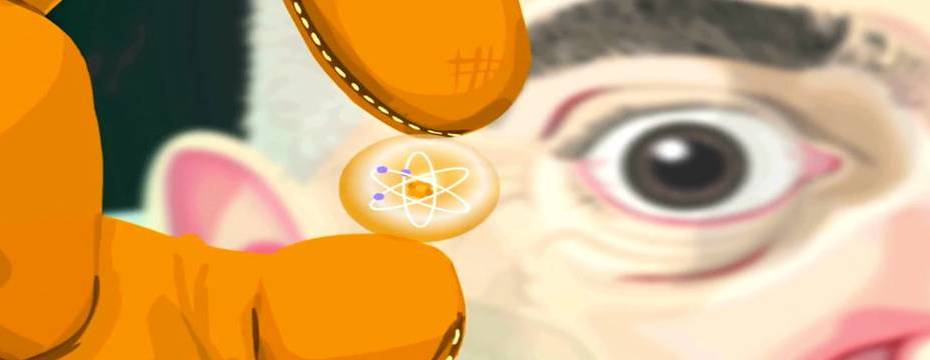
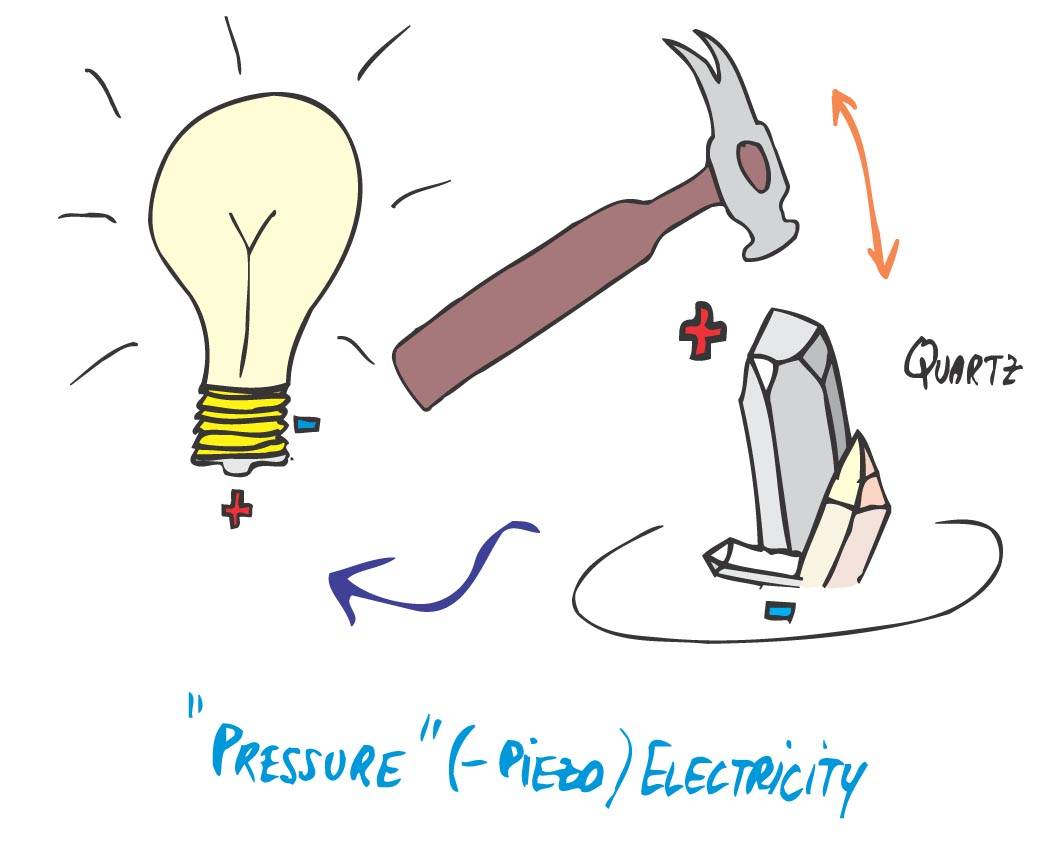
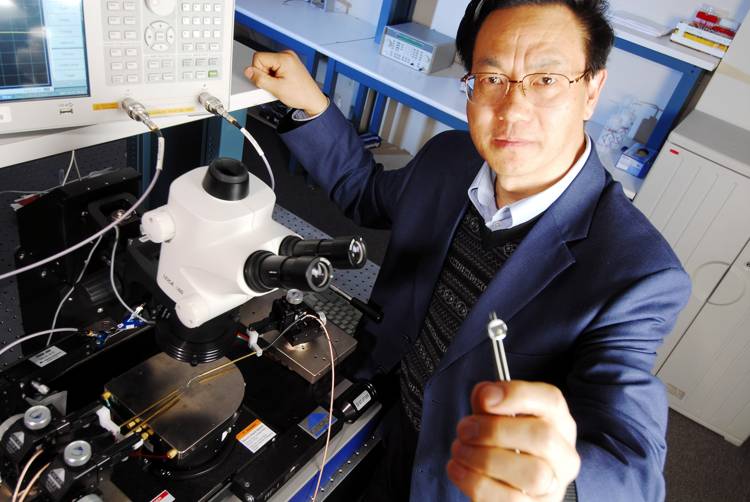
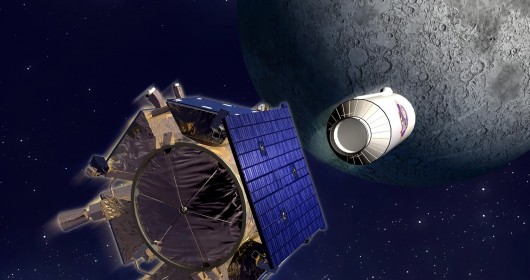
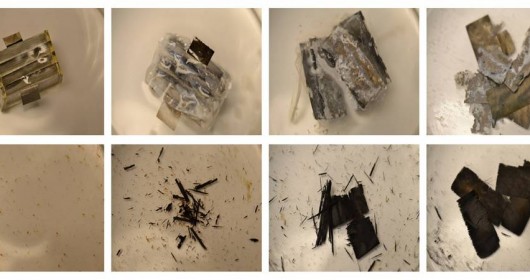
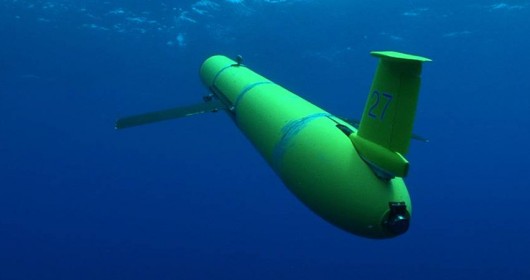
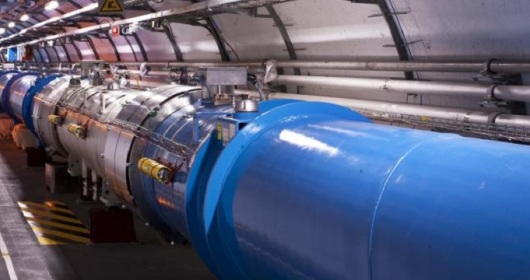


Leave a Reply